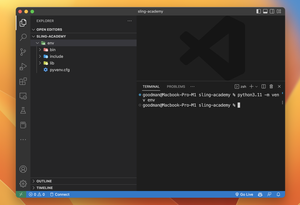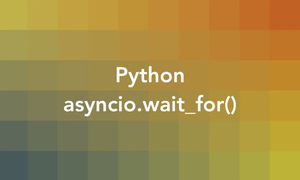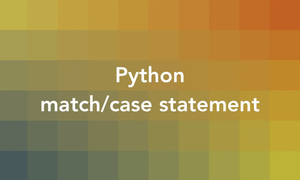Introduction
When developing applications for macOS using Python, you might encounter a warning message that says, “Secure coding is not enabled for restorable state! Enable secure coding by implementing NSApplicationDelegate.applicationSupportsSecureRestorableState: and returning YES.” This warning is indicative of your application lacking a layer of security that pertains specifically to state restoration.
In this article, we’ll explore the reasons behind this warning and provide solutions to resolve it, ensuring a more secure application experience.
Understanding the Warning
Before diving into solutions, it’s essential to understand why this warning is shown. MacOS applications have the capability to save the state of an application, allowing them to restore back to a particular point if needed. Enabling secure coding ensures that the data being saved and restored is handled in a secure manner, preventing potential manipulation or corruption of the state data.
Solution 1: Enabling Secure Coding in the Delegate
The fundamental approach involves modifying the application delegate to support secure coding for restorable state explicitly.
- Identify or create the application delegate class that conforms to
NSApplicationDelegate. - In your delegate class, implement the
applicationSupportsSecureRestorableState:method. - Ensure the method returns
YES, indicating support for secure coding.
Code example:
import AppKit
class AppDelegate(AppKit.NSObject, AppKit.NSApplicationDelegate):
def applicationSupportsSecureRestorableState_(self, app):
return True
Notes: This solution is straightforward and directly addresses the warning by indicating support for secure coding. However, it requires fundamental knowledge of how macOS apps are structured and familiarity with Python’s Objective-C bindings.
Solution 2: Using Interface Builder to Enable Secure Coding
For developers using Interface Builder to design their macOS applications, enabling secure coding can be achieved through the application’s property list (plist) without writing any code.
- Open your application’s .plist file.
- Add a new key titled
NSApplicationSupportsSecureRestorableStatewith a boolean value ofYES.
Notes: This method is simpler for those already using Interface Builder and does not require writing any code. It’s an excellent way for visual developers to ensure their applications support secure restorable state without delving into code.
Conclusion
This warning serves as a reminder to developers about the importance of considering security at all stages of application development, particularly when dealing with functionalities like state restoration. By following the provided solutions, developers can ensure their macOS applications not only diminish security warnings but also enhance overall application stability and security.











